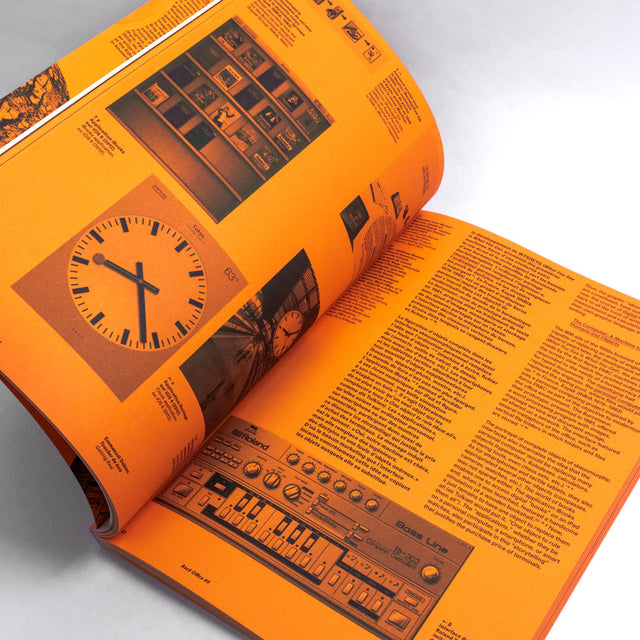




Back Office Issue 5: The Next Dimension
“The Next Dimension” investigates the contemporary appropriation of 3-D technologies by graphic designers. The first computer-assisted design software was developed in the 1980s, and flourished in the fields of cinema (VFX) and video games. Today they are more accessible than ever, due in part to their increased processing capacities, the wide-spread use of free, open-source software such as Blender (1994), and the advent of “real-time” creative environments like the game engines Unreal Engine (1998) and Unity (2005). In what ways can we explore and lend perspective to these techniques in the wider context of the history of graphic design?
With contribution by: Kévin Bray, Emmanuel Debien, Kévin Donnot, Élise Gay, Jean-Michel Géridan, Anthony Masure, Nolwenn Maudet, Tereza Ruller (The Rodina) and Julie Woletz
Back Office is a response to the fact that, despite the growing number of French publications and publishing houses devoted to graphic design, there is very little research being done directly on the effects of digital technology. While, in English, one finds numerous publications on established fields such as the history of computer science, the philosophy of digital technology, media archaeology, and software studies, this is not the case in French.
The lack of French publications and critical distance about digital technology, which is such a major part of our lives now that the very designation “digital,” when applied to fields such as design and the social sciences, is almost superfluous, is the raison d’être of Back Office. Like its twin magazine, Back Cover (Editions B42), it is a bilingual annual journal that features a different theme each year. Back Office is published both in print and digitally. The journal features in-depth articles, along with shorter pieces on specific topics or innovative pedagogical initiatives, as well as a historical piece, excerpted and re-examined by its author after twenty years, looking back on the ways his discipline has evolved. A technical glossary will be in each issue to explain terms which are often confusing to the uninitiated. In light of the mass of mass media already available, Back Office is focused upon critical interpretation, providing perspectives, showcasing major issues, and proposing ideas to shed light on the current situation and blaze ever new trails.
GUDBERG NERGER
MON – SAT, 12:00 - 18:00
Poolstrasse 8 | 20355 Hamburg - Germany
Phone: +49(0)40 - 81 95 15 0
QUICK LINKS
About | Agency | Shop | Gallery | Feed | Contact | Virtual Tour | Jobs | Imprint | Privacy Policy | Shipping & Payment | Login
FOLLOW US
Instagram | Facebook | Linkedin | Pinterest | Newsletter

Copyright © 2026 GUDBERG NERGER
